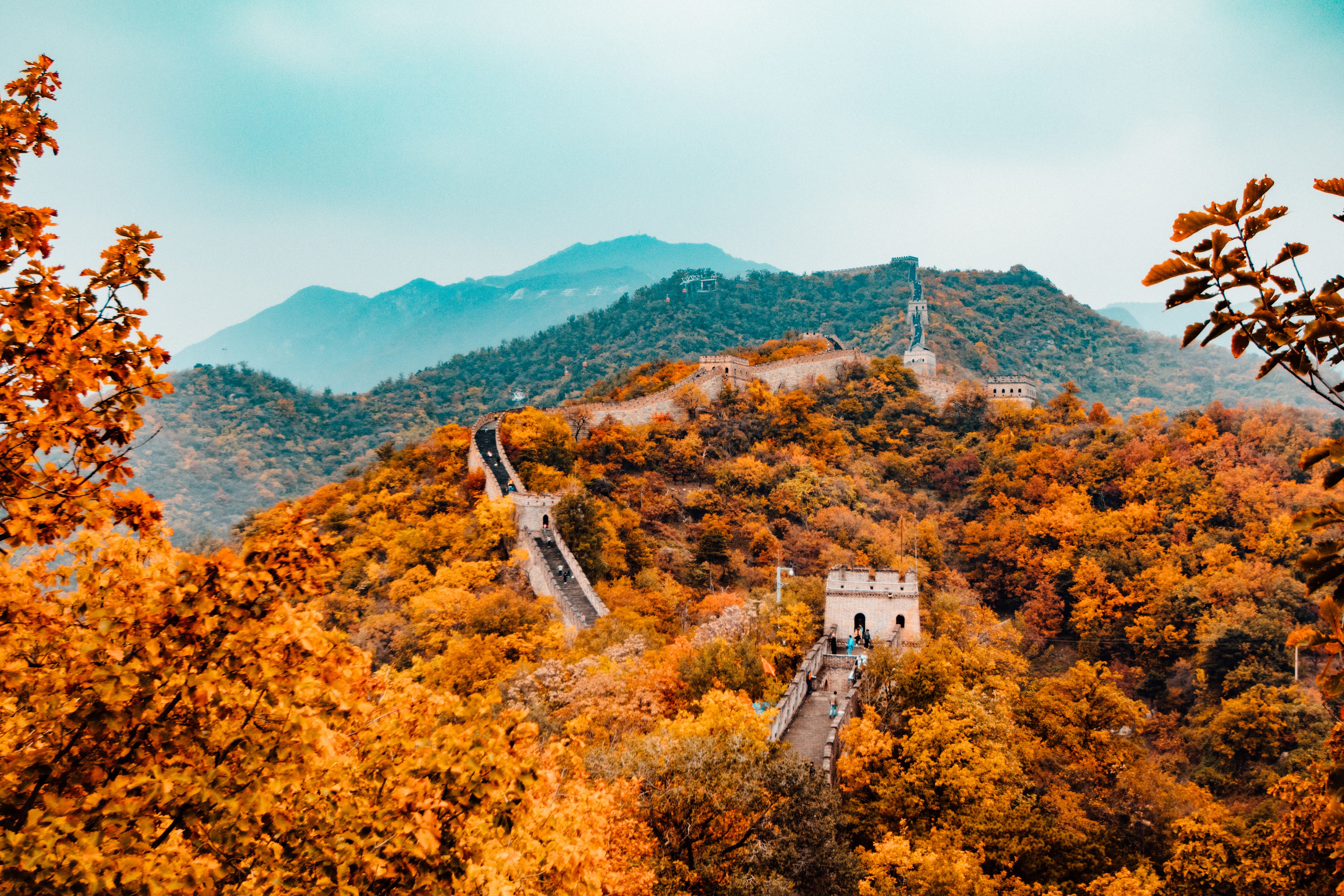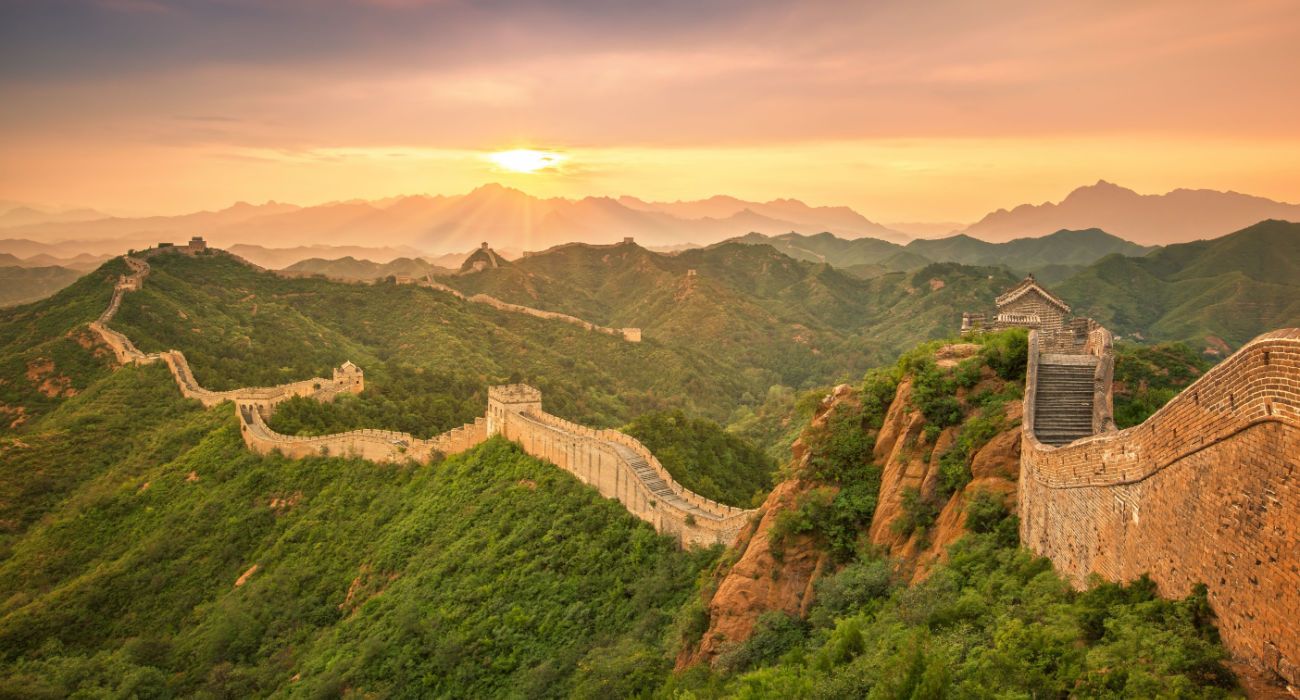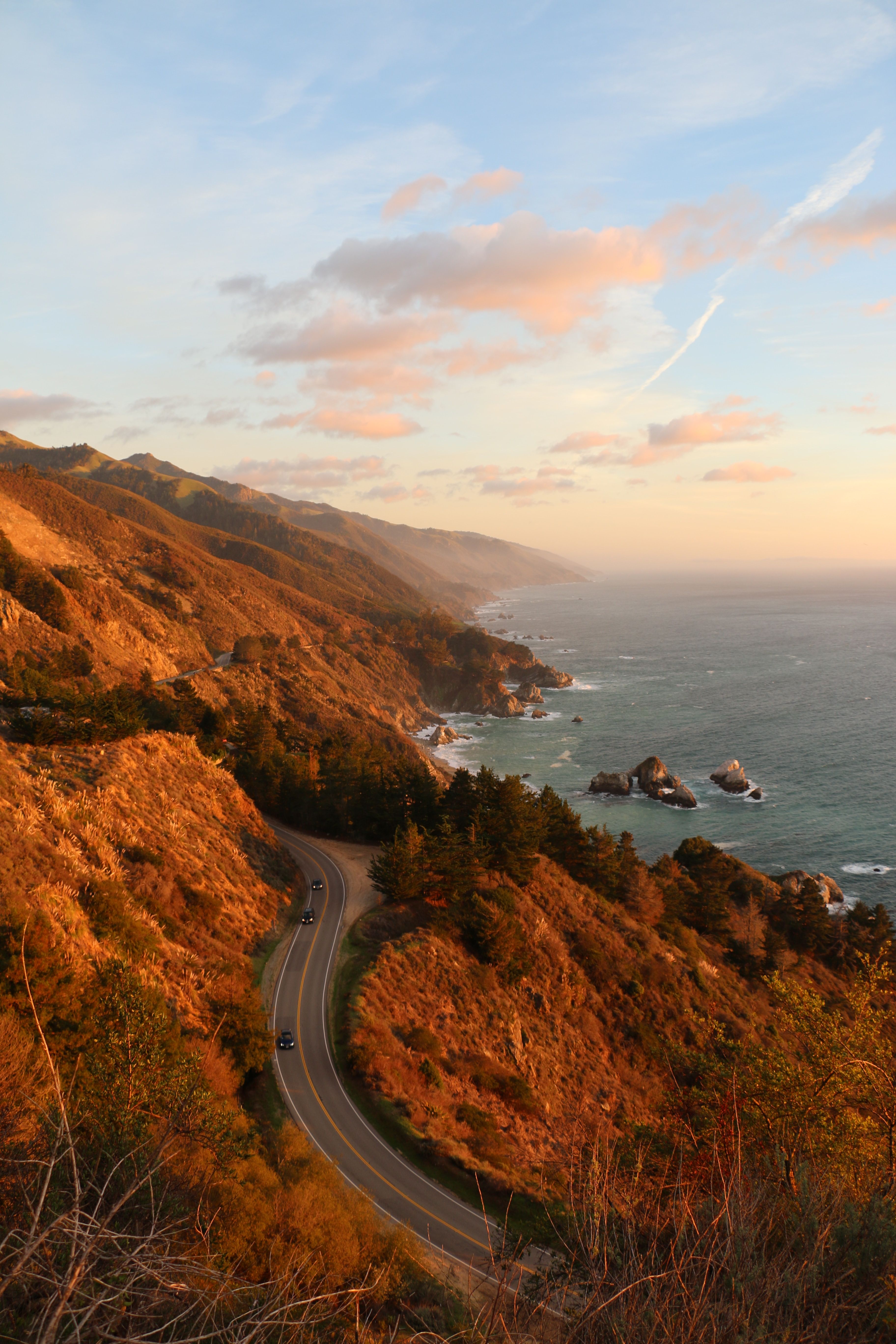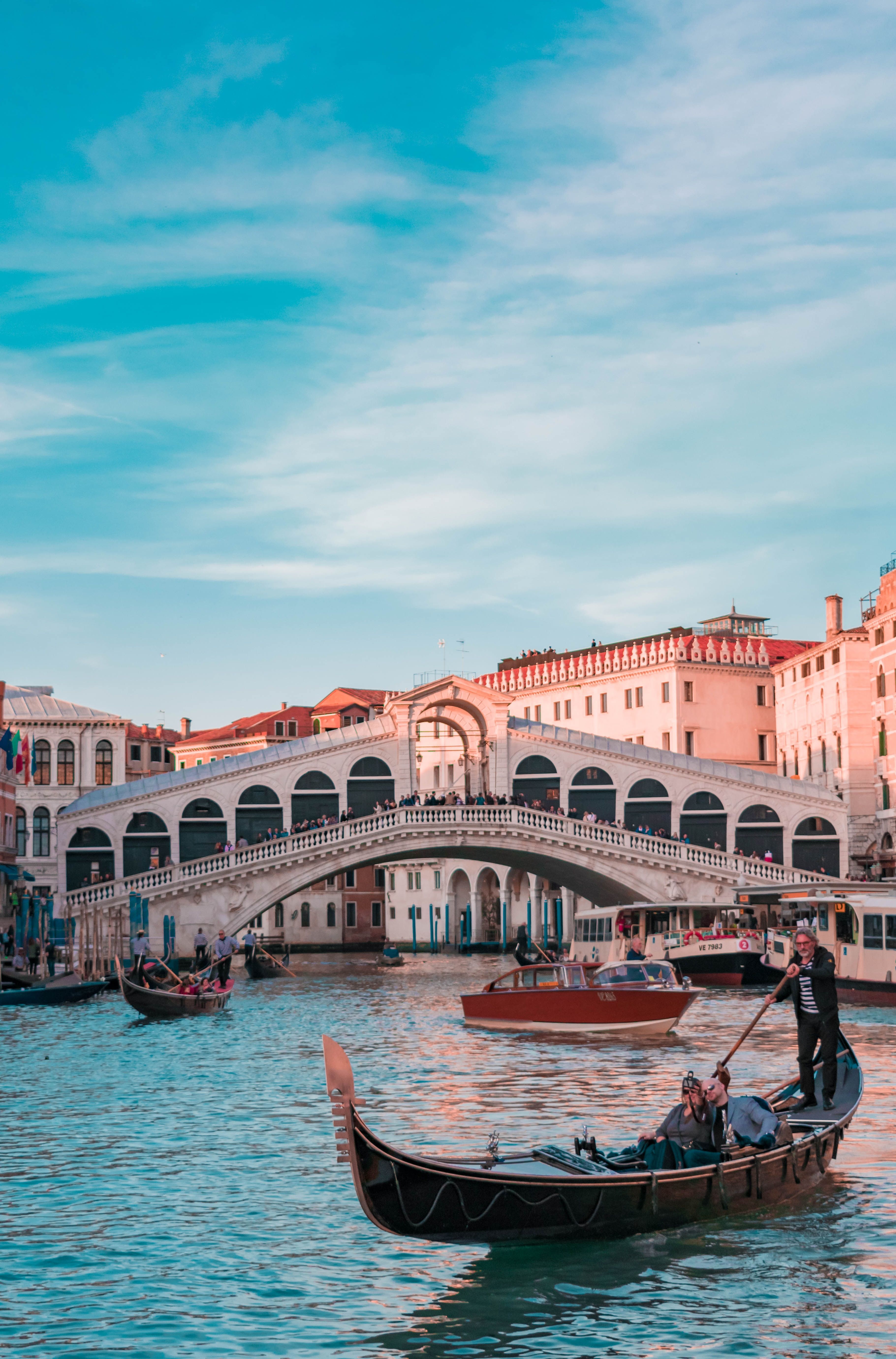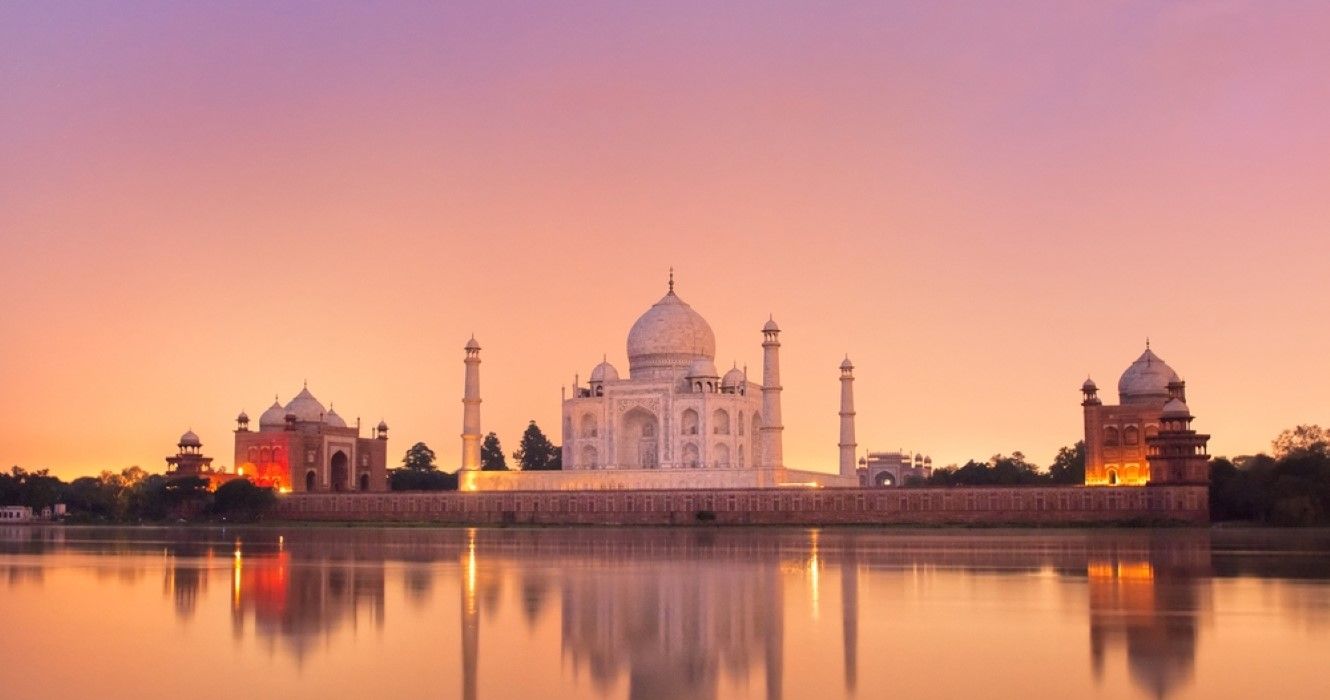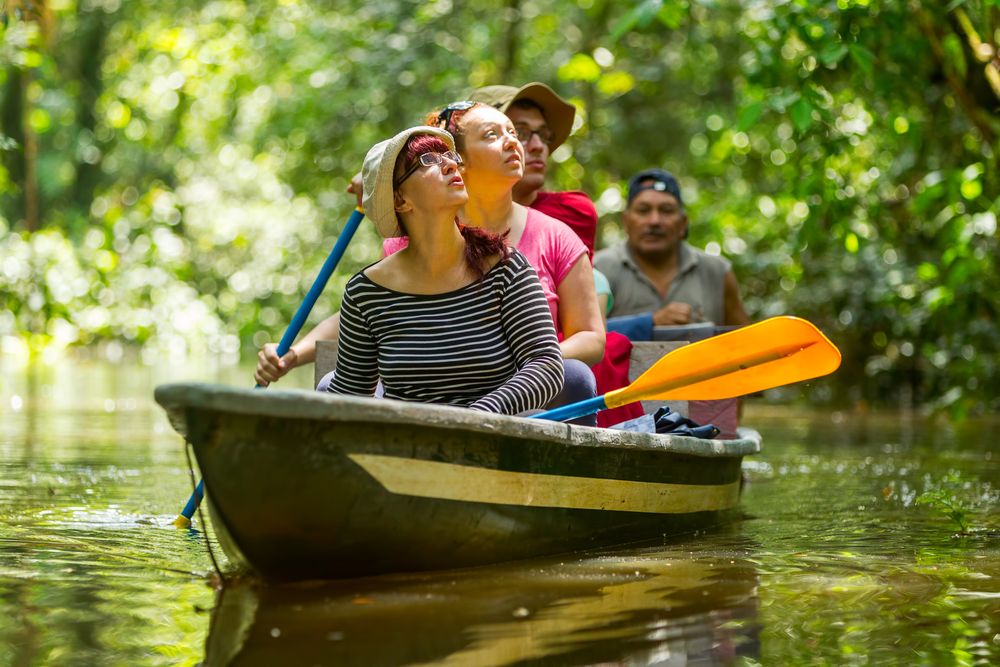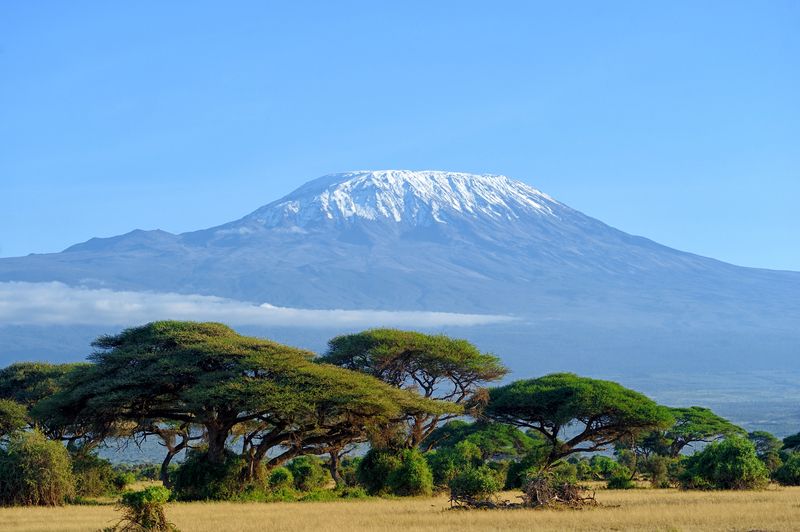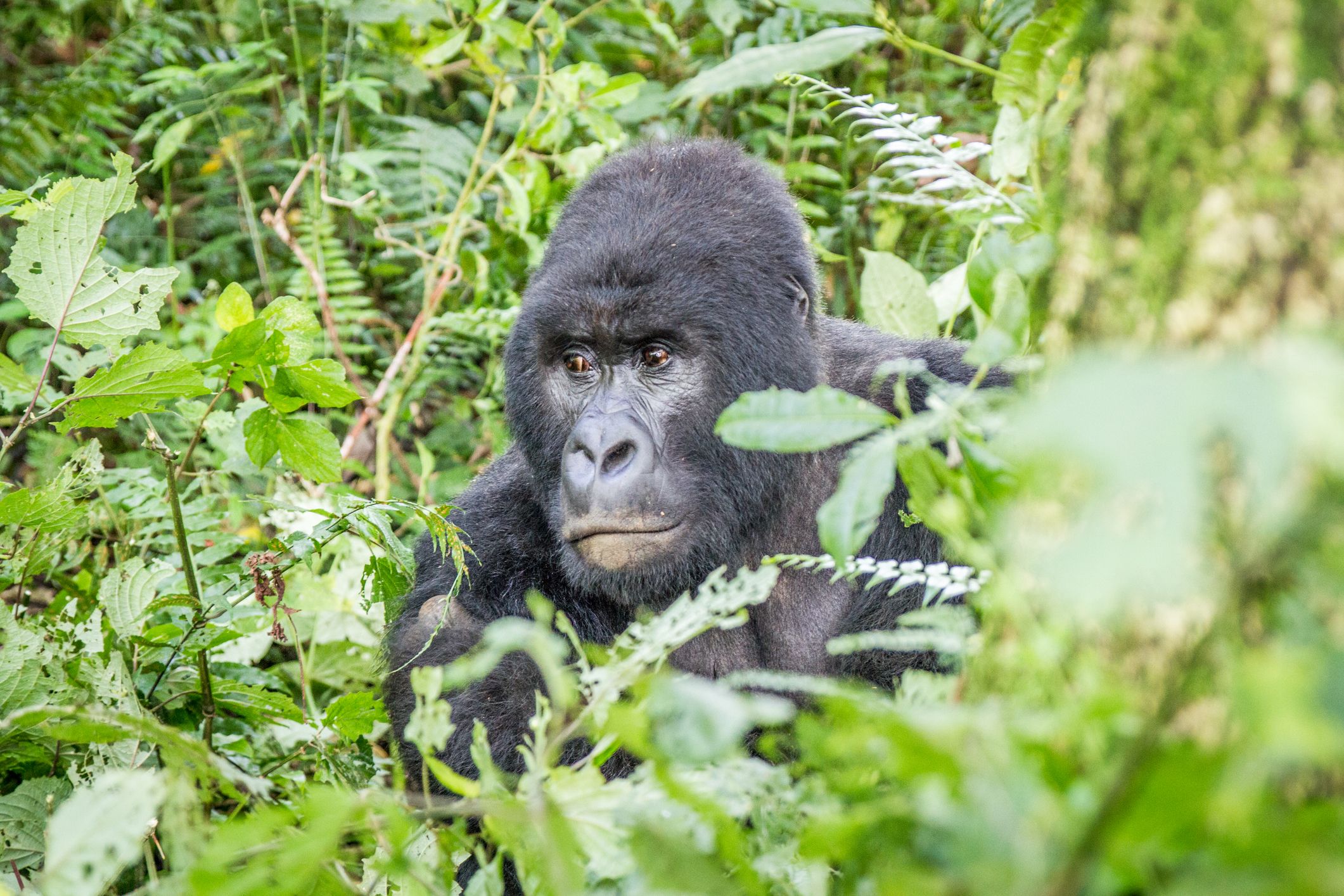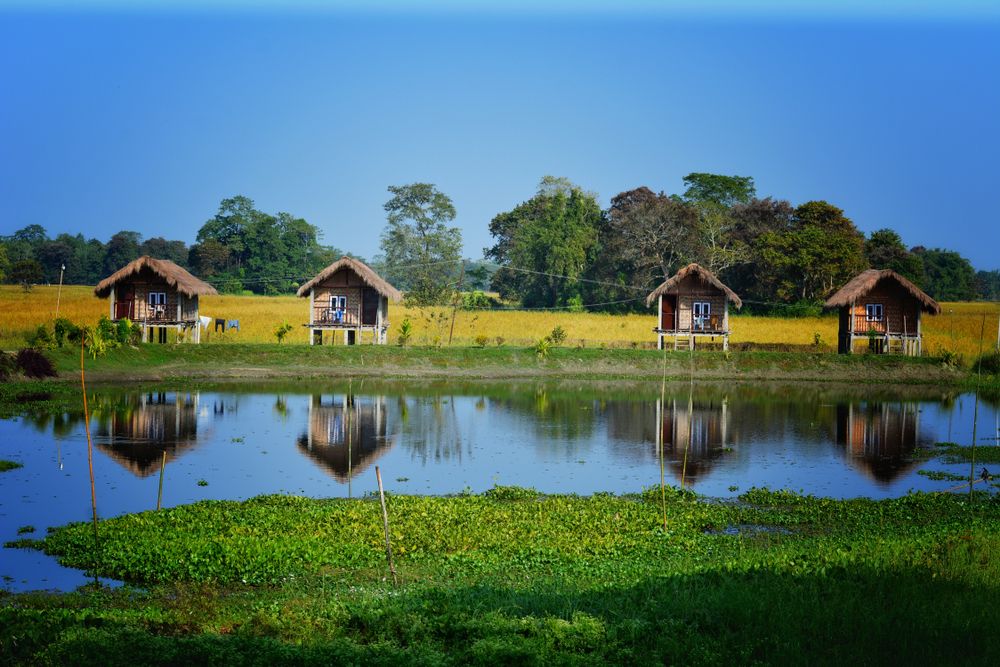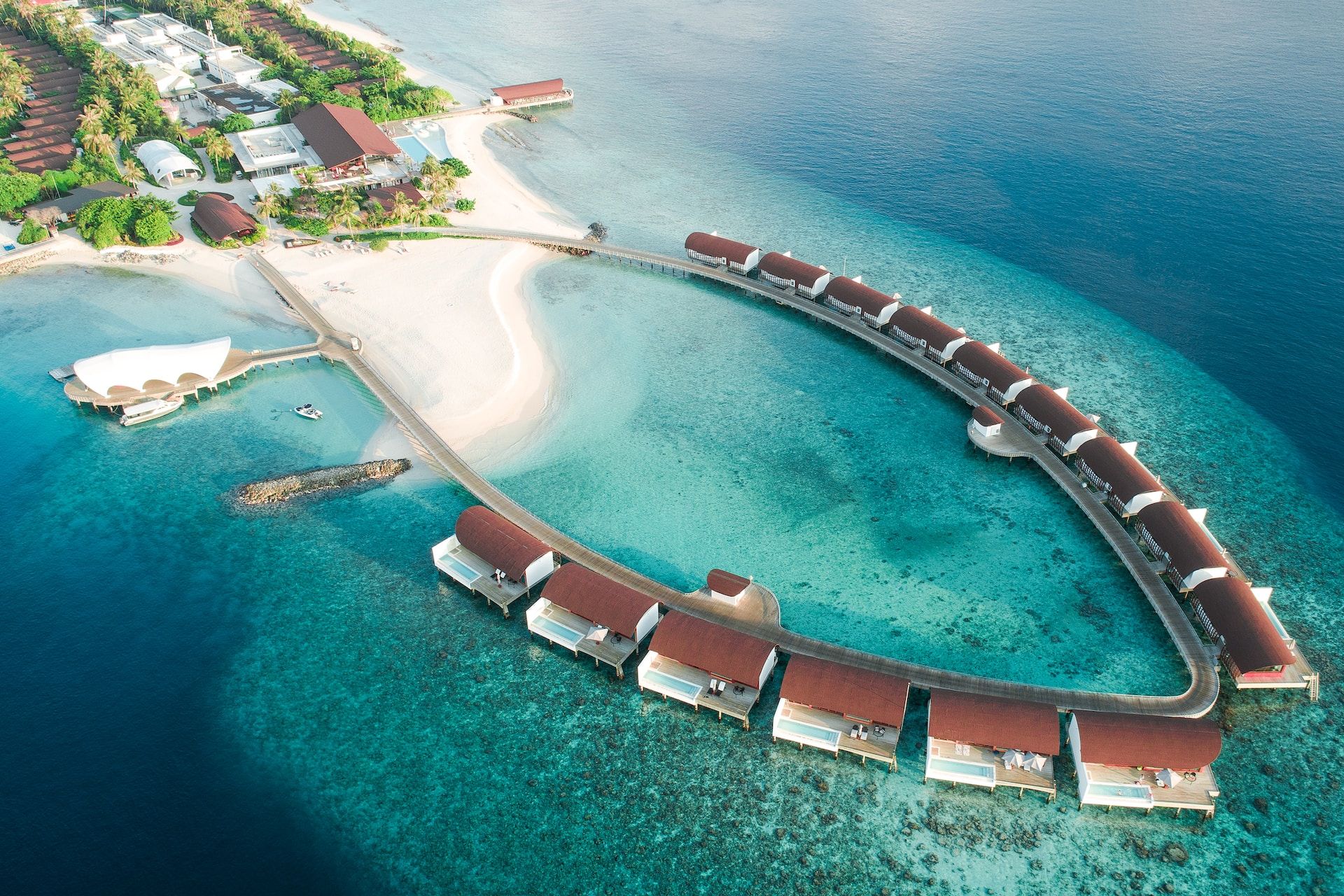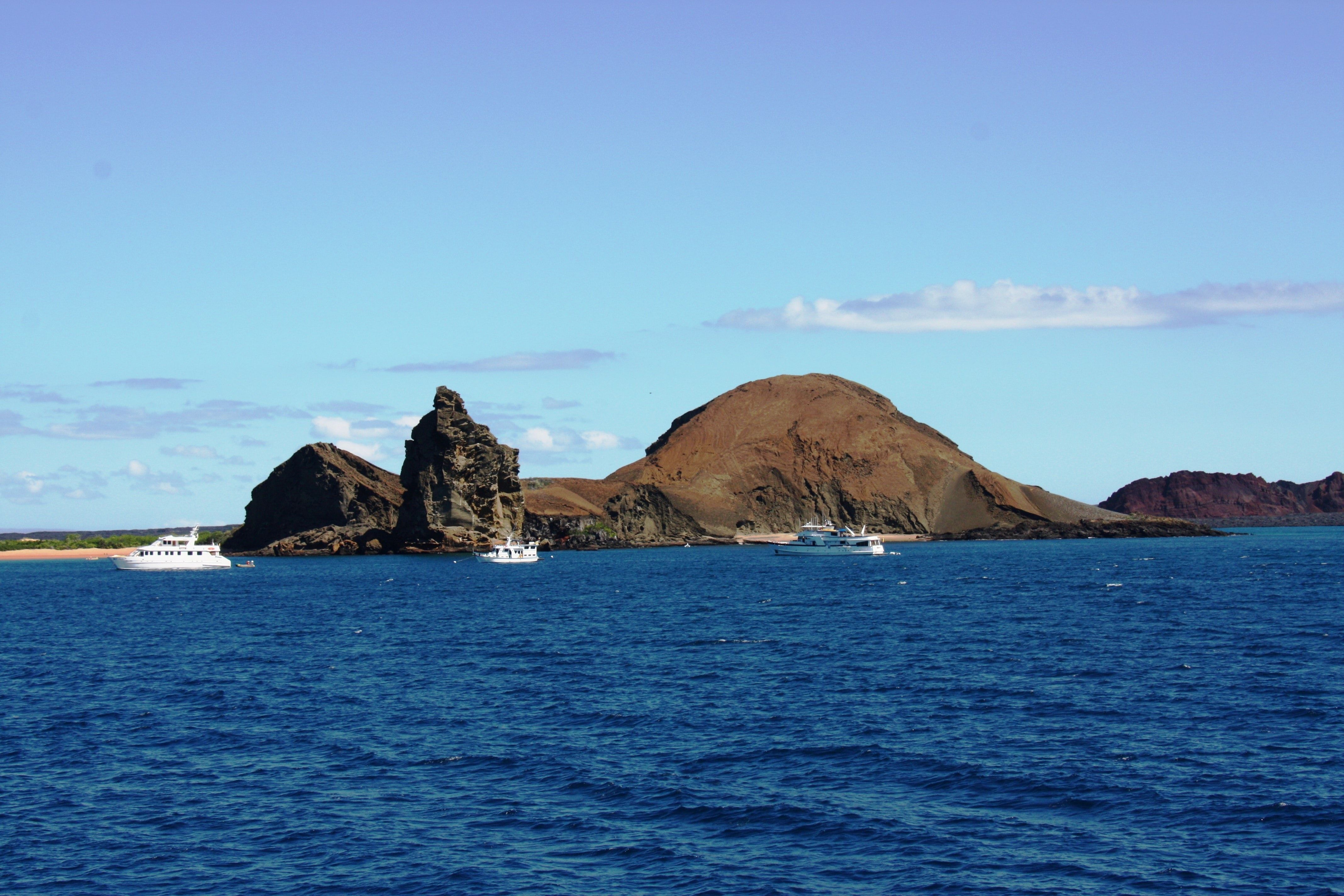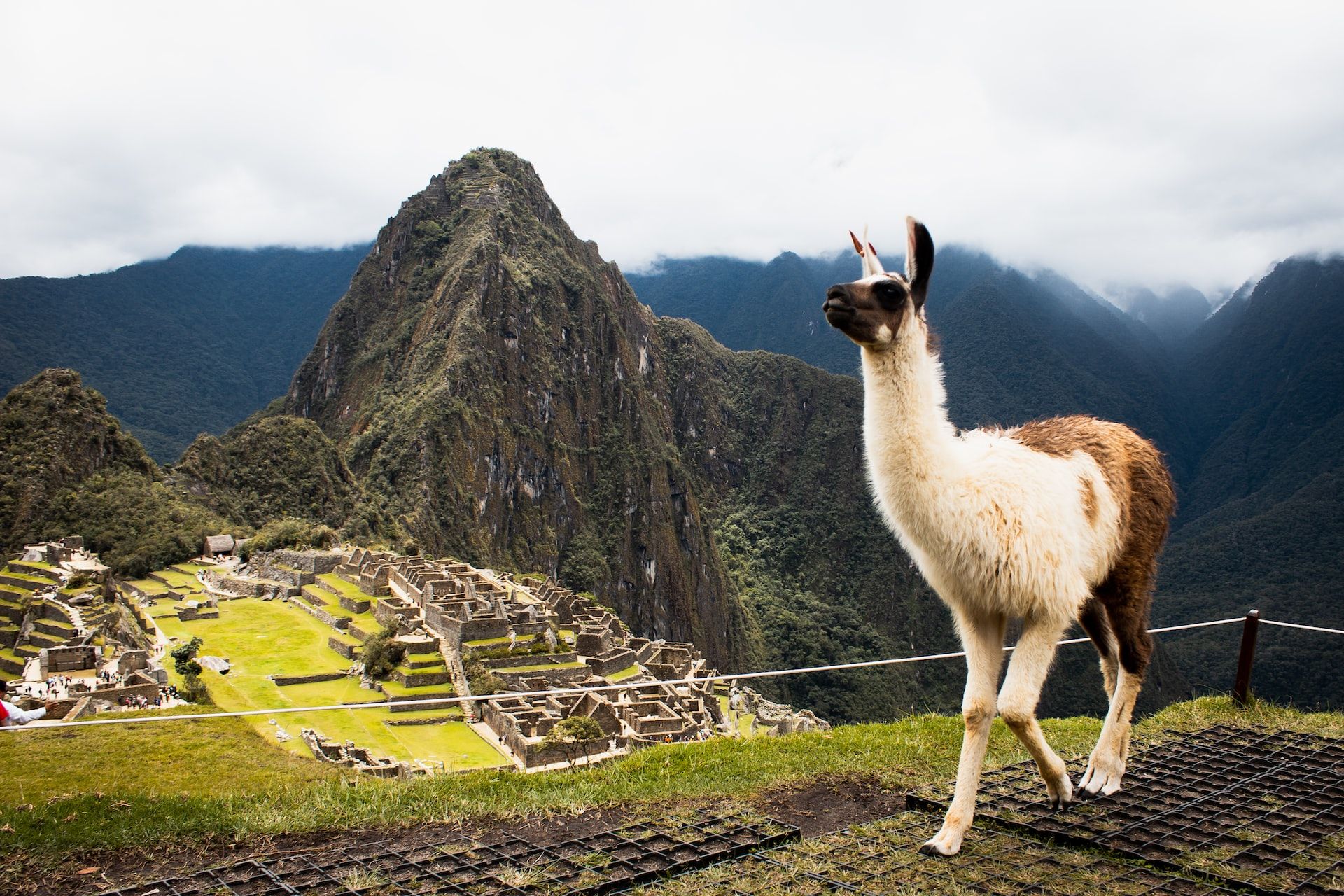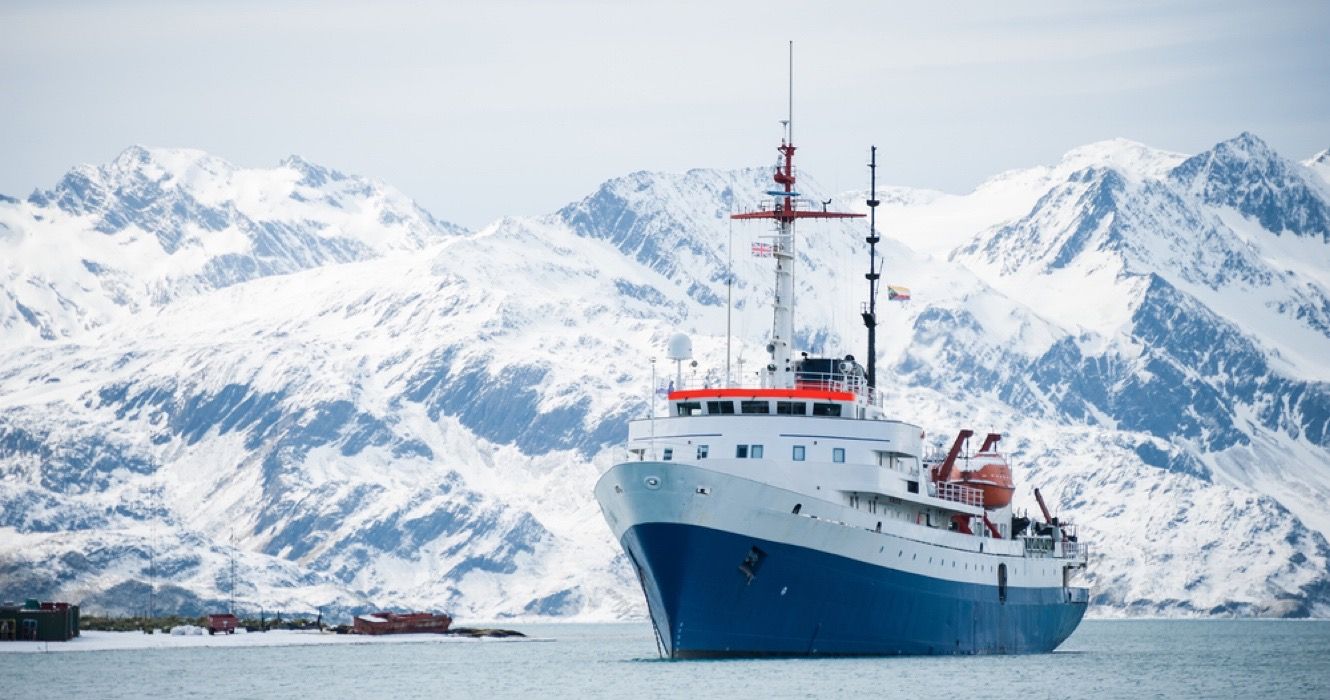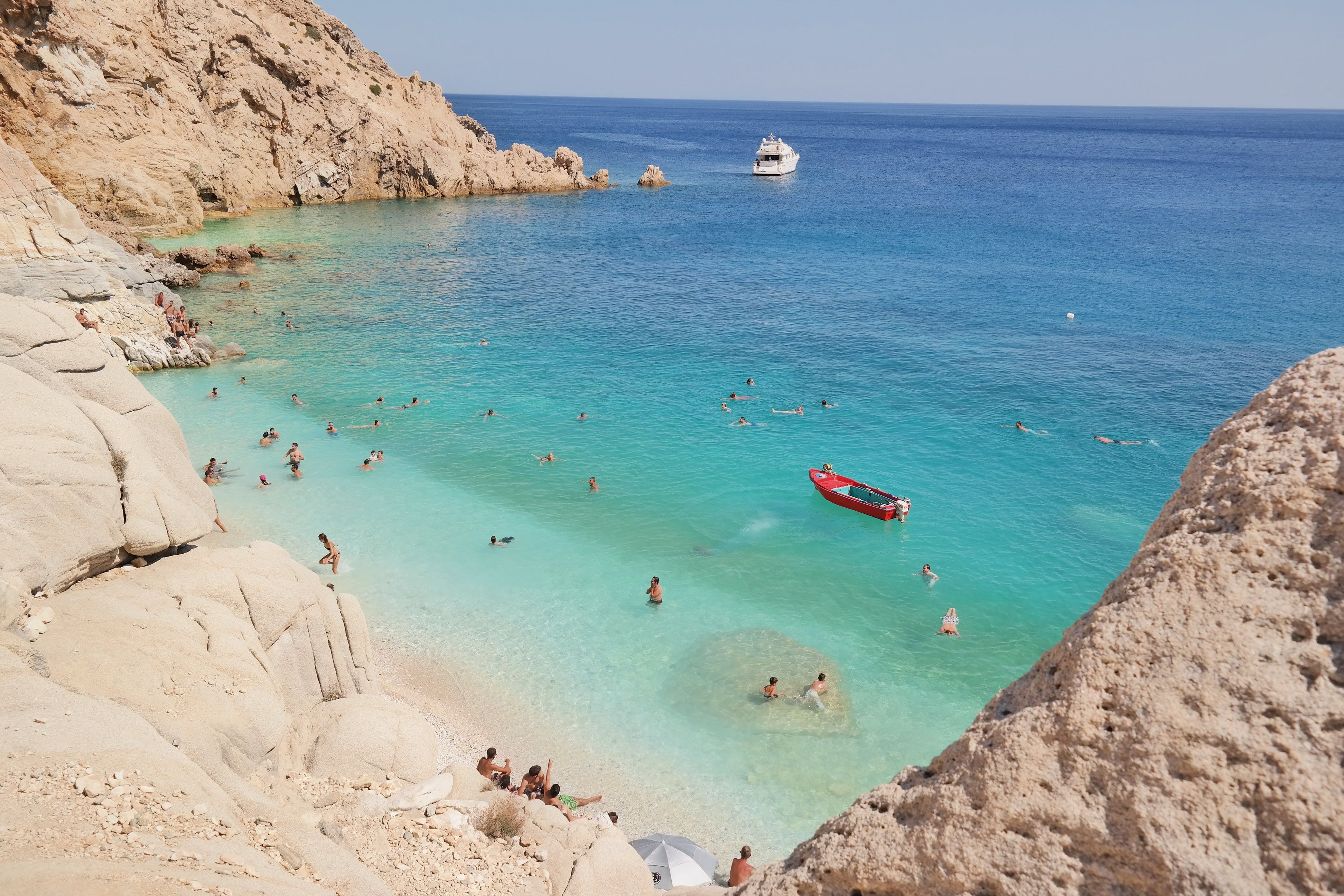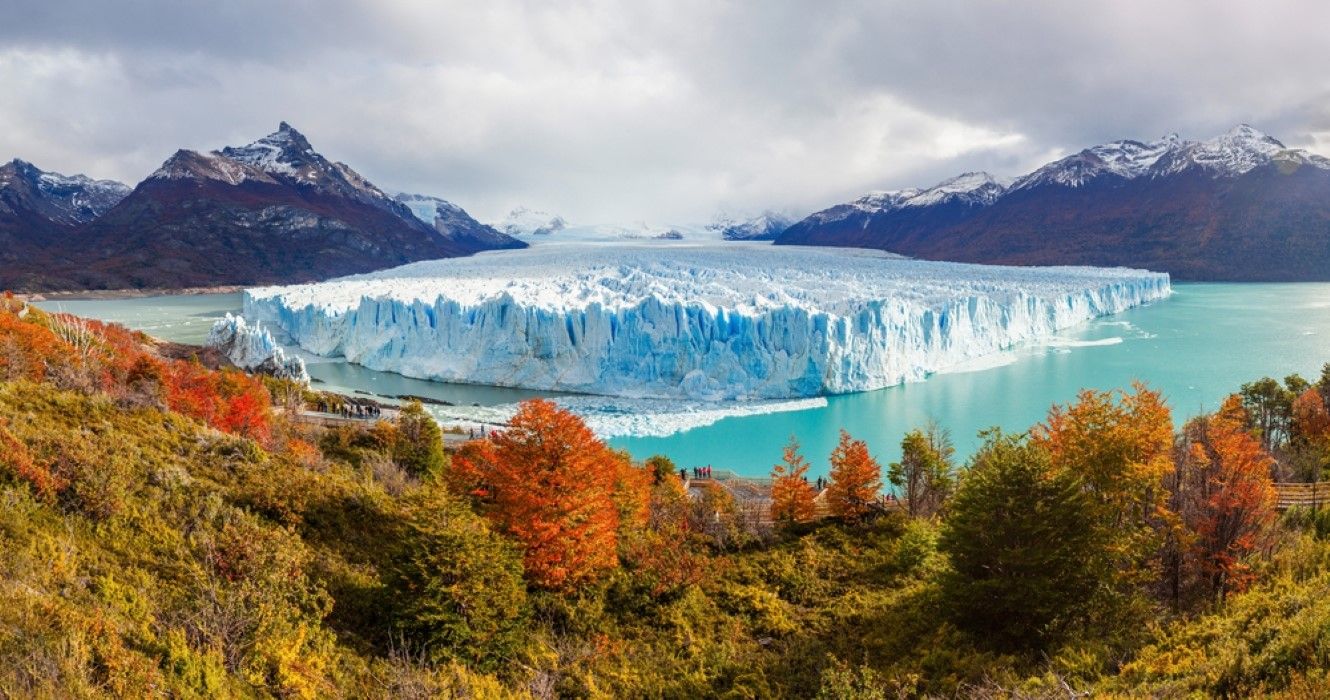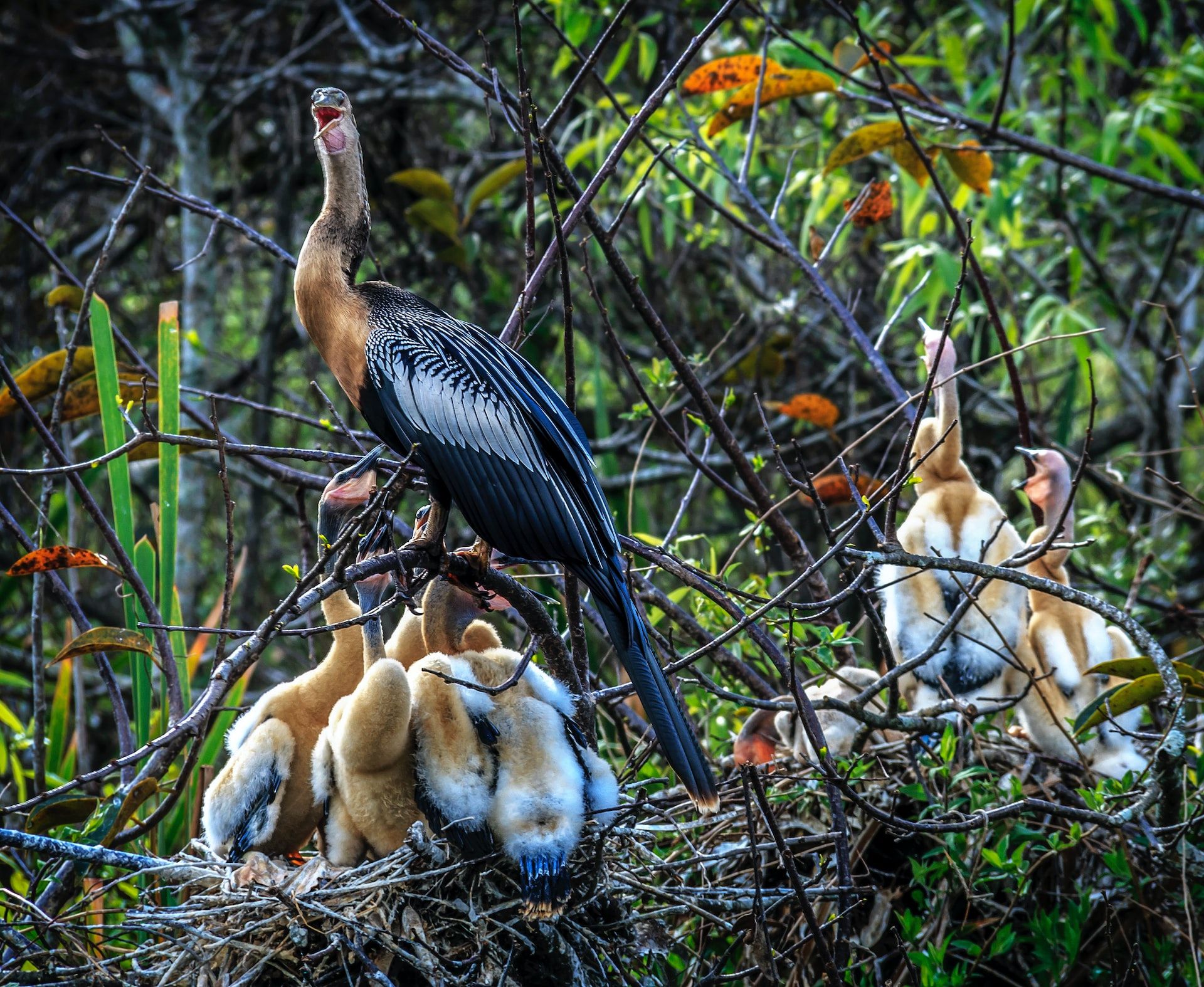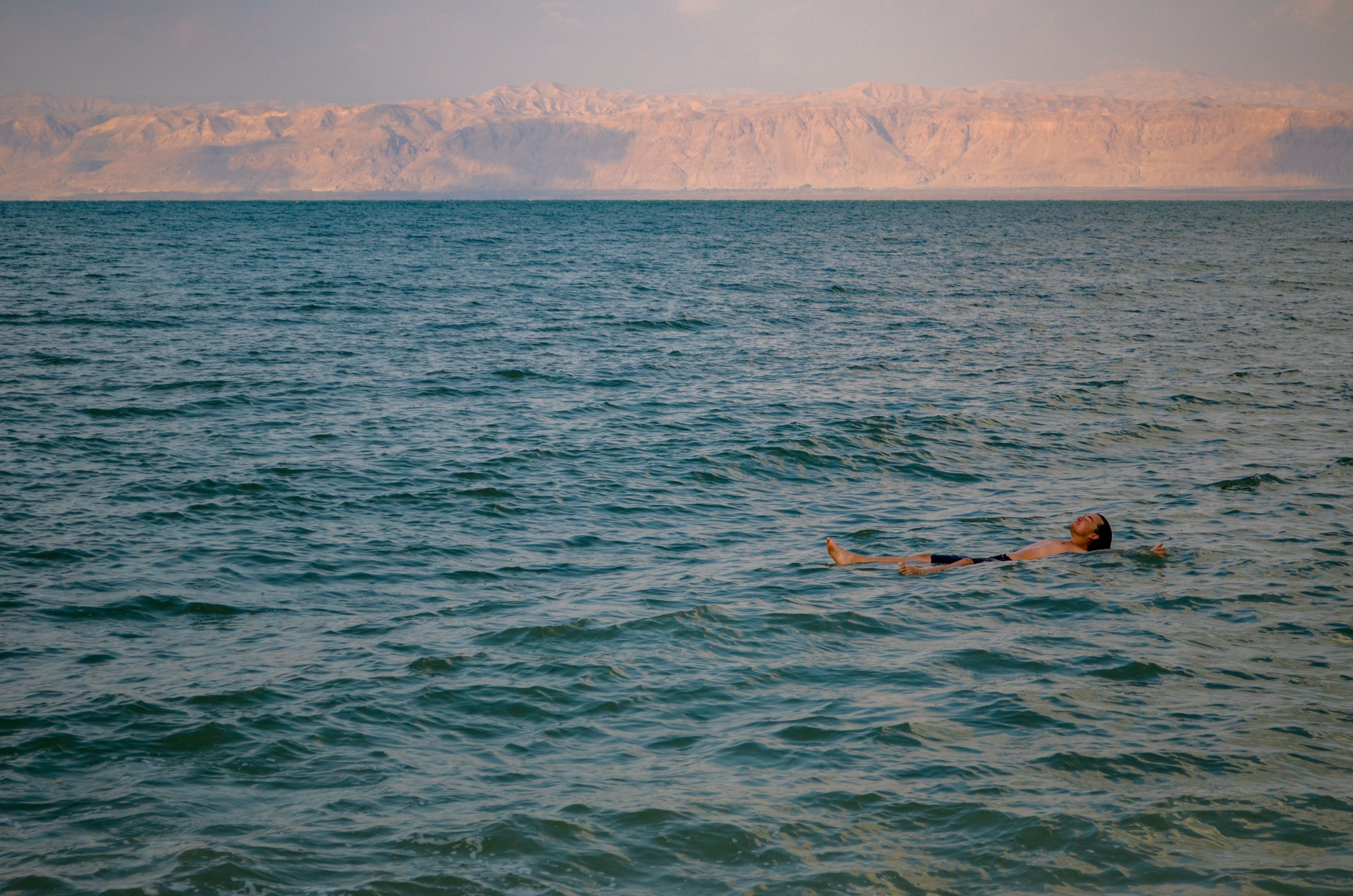Read update
- More Places That You Won't Be Able To Visit In Five Years (Or By 2030)
Everyone has a bucket list - a tally of things you’d like to do and places you would like to see around the world. From taking in the might of The Great Wall of China or challenging yourself with an arduous trek up Mount Kilimanjaro to kicking back and enjoying world-class diving in the Maldives off the Indian Ocean, there are some places in the world that should feature on everyone’s list of things to see.
So while everyone's bucket list is going to be different, there are some tourist attractions that are likely to crop up over and over again - and for good reason.
However, not all tourist attractions are here to stay and there are places you won't be able to visit in five years. Factors such as global warming, human influence, extreme weather changes, and more are all changing the landscape of our planet every single year and soon, some of the most popular sites that we take for granted may not exist at all.
If you’ve been putting some of the destinations below off for some time now, you may want to reconsider and book that holiday sooner. Below, we’ve gathered 27 tourist attractions from around the world that have already changed dramatically - and may not exist at all by 2030. Perhaps you won't be able to visit in five year
UPDATE: 2023/04/18 16:55 EST BY AARON SPRAY
More Places That You Won't Be Able To Visit In Five Years (Or By 2030)
The world is a changing place and more and more is changing for better or for worse. There are many places visitors won't be able to see in five years due to climate change, neglect, or a range of other factors. This list was updated and expanded with more places you won't be able to see in five years.
27 The Great Wall of China - Crumbling Into Just Bricks
The Great Wall of China is over 2,000 years old and one of the new 7 wonders of the world. It is an extremely popular tourist attraction with people traveling from around the world to walk on the largest man-made structure in the world. If this is one holiday you’ve yet to take, it may be a good idea to get there while the wall still stands at all.
Already, less than 30% of the wall remains in good condition due to over-farming damaging the fortifications - and it’s likely that further erosion will reduce what remains of the wall to ruins in just a few decades.
26 Big Sur, California - Destroyed By Droughts
Big Sur is a stunning stretch of California’s central coast, home to numerous parks that provide plenty of hiking and camping opportunities. The area is well-known for the State Route 1 road, with winding turns and breathtaking views of the coastline and rugged cliffs as you travel along it.
Big Sur is often vulnerable to landslides, droughts, and forest fires, all of which continue to ravage the landscape irreparably. A landslide caused the Route 1 highway to be closed off in one area for more than a year in 2017, with fears that similar incidents could cause even more damage in the future.
25 Venice, Italy - Slowly Sinking Into The Canals
It’s hard not to love Venice. Rich in culture and history, the ‘city of bridges’ is famous for its beautiful architecture and romantic canals winding through the buildings, with a romantic gondola ride through the city being a favorite activity for tourists wanting to enjoy the sights.
It’s no secret that Venice will soon look very different. The city is sinking and at an increasingly rapid rate. The famous canals are slowly rising due to global warming, and the buildings themselves are being submerged as the porous brickwork erodes and weakens. Soon, this romantic city may be closed off to tourists completely.
24 The Taj Mahal, India - On The Brink Of Collapse?
The Taj Mahal in Mumbai, India, is undoubtedly the biggest tourist attraction in India. The stunning ivory-white mausoleum was built in 1632 and is designated as a UNESCO World Heritage Site for its beauty. Attracting over 8 million visitors every single year, the Taj Mahal offers countless photo opportunities and is a must-see for any travel enthusiast.
There are fears, however, the building could soon collapse. The water level has decreased from the nearby Yamuna River, affecting the wooden foundation that the Taj Mahal is actually built on - leaving many worried that this erosion will have an impact on the structure of the building itself.
23 The Amazon Rainforest, Brazil - On The Brink Of Destruction
The Amazon Rainforest spans an enormous 2 million miles across eight countries in South America: Brazil, Bolivia, Peru, Ecuador, Colombia, Venezuela, Guyana, Suriname, and French Guiana. It is the home to thousands, if not millions, species of wildlife, with 1.4 billion acres of forests which have a significant effect on the global climate.
Deforestation seriously threatens this large wilderness, which then has a knock-on effect on the wildlife that resides there. It is feared that continued deforestation of the rainforests will release an excess of carbon, with devastating consequences for the world.
22 Mount Kilimanjaro, Tanzania - Snow Capped No More
Standing over 5,000 meters above sea level, Mount Kilimanjaro is Africa’s highest mountain and one of the continent's biggest tourist attractions. Surrounded by some of the top safari parks in Africa, some tourists simply visit the area to get a look at the mountain - while the more daring will attempt to summit the mountain in a tough 7-day assent.
The snow that tops Mount Kilimanjaro only makes it more picturesque, but scientists predict that the ice sheet may not be there at all by 2030. In the last 90 years, the snow that caps the mountain has reduced by a whopping 85% - so if you want to experience the mountain in all its snowy glory, you had better get there quick.
21 Montana’s Glacier National Park, USA - A Shrinking Glacier
Glacier National Park is nestled in Montana’s Rocky Mountains and is famous for its beautiful valleys, glacier-capped peaks, and jaw-dropping views including Hidden Lake and the picturesque Going-to-the-Sun Road. With over 700 miles of hiking trails to enjoy, as well as other activities such as camping and cycling on offer, the park is a popular tourist attraction for outdoors enthusiasts.
However, Glacier National Park is not predicted to look the same way for much longer. With the number of glaciers decreasing to fewer than 25 - down from 150 - there may be none left at all by 2030, leaving Glacier National Park looking like a completely different place.
20 The Congo Basin, Central Africa - A Wildlife Haven Under Serious Threat
Africa’s Congo Basin is the world’s second-largest rainforest and one of the most biodiverse areas in the world. It houses over 10,000 species of plants, over 1,000 bird specials, and over 400 species of mammals, and is as popular for its beauty as it is for the animals that reside in the 1.3 million-square-mile forest.
However, the Congo Basin isn’t just home to wildlife: it is rich in natural resources such as diamonds, gold, wood, and oil and mined for these resources. A growing percentage of the Congo Basin is now used by logging and mining companies, and the United Nations predicts that two-thirds of the Congo Basin may be gone by 2040 due to the impact of these industries and that of illegal miners and poachers.
19 The Great Barrier Reef, Australia - Out From Under The Sea
Australia’s Great Barrier Reef is the world’s largest coral reef - in fact, it’s actually the largest living thing on Earth. Not only is this site jaw-dropping in beauty and an item on most people’s bucket lists, but it’s also home to countless species of fish and sea creatures.
Due to rising temperatures, the Great Barrier Reef has already decreased by more than half of its size in the past 30 years. What’s more, an increase in acid pollution has led to coral bleaching, with the once vibrantly colored coral turning white. Scientists predict that by 2030, the site will have completely disappeared.
18 Majuli Island, India - Awash With The River
Majuli Island, located in India, is the world’s largest river island. At one time, it stretched 1200 square kilometers across. The only way to reach the island is by ferry, and once you get there, you’ll be treated to views of lush farmlands and forests and simply stunning beauty.
Erosion from the fast-flowing Brahmaputra river that surrounds the island is taking its toll on Majuli, however, and in the last century, the island has shrunk by more than 60%, covering just 354 square kilometers in 2014. This special place is slowly disappearing, and in just 15 - 20 years, it’s predicted that the island will no longer exist at all.
17 The Maldives, Indian Ocean - Soon To Be Completely Submerged
Composed of 26 atolls, the Maldives are well known for their beautiful white-sand beaches, crystal clear lagoons, and stunning reefs. With a number of luxury resorts, this small collection of islands offers a beach paradise for anyone willing to splurge their money for it.
Is a beach getaway to these idyllic islands your dream holiday? Then you’d better get there soon! Being an average of just 1.4 meters above sea level, The Maldives islands could well be the first to completely submerge in the ocean as a result of global warming.
16 The Mosques of Timbuktu, Mali - Buildings Muddied With Age
The mosques of Timbuktu are a remarkable experience. Built mainly out of mud and dating back to the 14th Century, these buildings offer a real insight into the past. The mosques are a UNESCO World Heritage Site and as such, they are regularly maintained to keep the integrity of the structure of the buildings.
Time has taken its toll on the mosques, however, with the buildings obviously eroding over time. Rising temperatures and an increase in rainfall also threaten to destroy the buildings, leaving a never-ending battle between those who attempt to maintain the mosques and the natural elements that threaten to damage them beyond repair.
15 The Galápagos Islands, Ecuador - Threatened By Tourists
The Galápagos Islands are a group of islands in the Pacific Ocean, roughly 600 miles off the coast of Ecuador. The islands are often referred to as a haven for wildlife and remain an exclusive destination for animal lovers who want to immerse themselves in nature.
There are several threats to the Galápagos Islands that could permanently change the islands, with the strongest threats being a combination of too many tourists visiting the island and too many foreign species threatening the ecosystem. Signing up with a high-quality tour provider may be the best way to enjoy this destination without negatively impacting the environment and the wildlife that lives there.
14 Machu Picchu, Peru - A Ruined Ancient Ruins
Machu Picchu is an Incan citadel located in the Andes Mountains in Peru. With millions of visitors every year, the ancient ruins of the Incan Empire remain a popular tourist attraction, made even easier to visit by a train that stops just a few miles from the site itself.
As always, mass tourism has begun to have an effect on the site, causing the buildings to erode at an alarming rate. This, in addition to natural landslides and erosion, has caused many to please that the ruins could collapse altogether unless more is done to protect this historic site.
13 Exploring Antarctica - Bereft Of Local Residents
The southernmost continent remains a tourist attraction for the truly adventurous. The landmass is completely covered by a huge sheet of ice, with the continent remaining virtually uninhabited but for wildlife such as penguins, seals, and seabirds.
Global warming and human impact have caused the landscape of Antarctica to change dramatically. The ice sheet has started to disappear, while human impact has pushed some Antarctic species almost to extinction according to the official website of the Australian government’s Antarctic territory.
12 Seychelles Islands, Indian Ocean - Sinking Into The Sea
The Seychelles Islands are a collection of approximately 115 islands scattered across the Indian Ocean and are home to a number of exclusive luxury resorts offering tourists the opportunity to enjoy sandy white beaches, clear water, and breathtaking beauty, both above and below the water.
These islands are truly the epitome of a beach paradise, but beautiful though they may be, the Seychelles islands are threatened by beach erosion, with some experts predicting that in less than 100 years, the islands could be completely submerged. What’s more, the reefs surrounding the islands have succumbed to erosion with much of the coral dying completely in some areas.
11 Patagonian Ice Fields, Chile - Another Shrinking Glacier
The Patagonian Ice Fields span the border between Chile and Argentina and are the second-largest fields in the world - with Kluane National Park in Canada boasting the largest. The striking cascading ice sheet is impressive enough just to look at - but there is also the opportunity for adventurous tourists the chance to challenge themselves with a week-long hike across the ice caps.
The ice fields, much like the glaciers mentioned in this list, are shrinking at a rapid rate, with Cornell University researchers estimating that the fields are shrinking 1.5 times faster than previously recorded - leaving many worried about what exactly that region will look like 10 years down the line.
10 Everglades National Park, Florida, USA - Threatened By Urban Development
The southern tip of Florida is home to the Everglades National Park, a stunning wetland wilderness home to a huge number of birds, reptiles, and threatened species. The vast landscape is not only rich in natural beauty, but it is also an extremely important habitat for many species that are at risk of extinction.
The park has been on UNESCO’s List of World Heritage in Danger since 2010, with urban development and agriculture pressures being attributed as the main reasons why more than half of the original Everglades have been destroyed altogether.
9 Madagascar Forests, Madagascar - Destroyed Every Year
Madagascar is a huge island just off the coast of Africa and is home to a diverse collection of wildlife, rainforests, beaches, and reefs. In fact, Madagascar is home to reptiles and mammals that exist nowhere else on Earth, making this large island an extremely important habitat.
Sadly, a large number of the forests of Madagascar have already been destroyed by deforestation, with the remaining forest being slowly destroyed even more every year. Deforestation remains the number one biggest threat to the wildlife that resides on the island and may leave the ecosystem of Madagascar looking very different in 2030.
8 The Dead Sea, Israel - Shrinking Into A Salt Bath
The Dead Sea, also known as the Salt Sea, is a landlocked salt lake that sits between the borders of Israel and Jordan. It is located at the lowest point on Earth, and remains a popular tourist attraction due to the high salinity of its water, making swimming in the water feel more like floating. It’s a truly unique place in the world and sees tourists flocking to the water every year.
The future for the lake doesn’t look promising, however. Each year, the Dead Sea is estimated to shrink about 3.3 feet and has already lost a third of its surface area since 1960. By 2030, there may not be much that remains of the lake at all.

